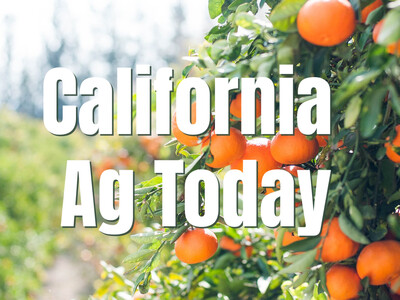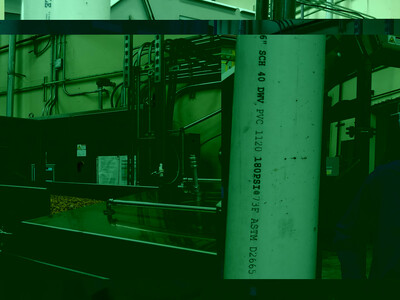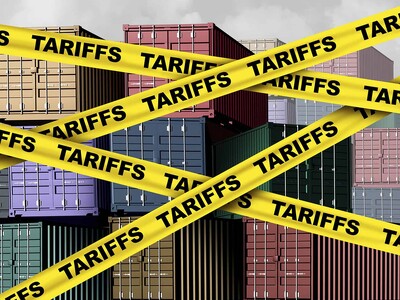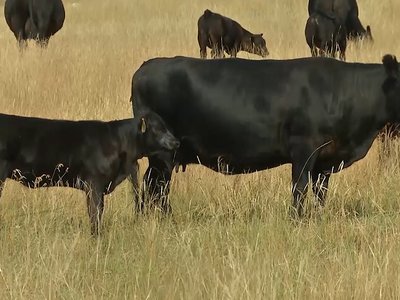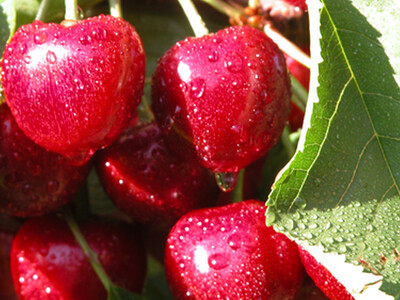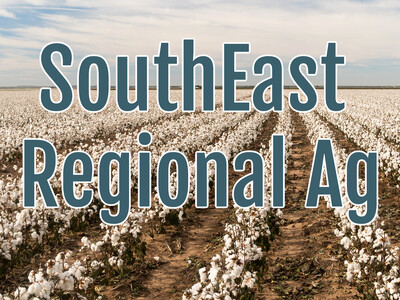Second Language For Ag & Genomes Sequenced
Second Language For Ag & Genomes Sequenced plus Food Forethought. I’m Greg Martin with today’s Northwest Report.
In high school I studied French even though I’ve never used it. My son became fluent in Spanish and it has been quite useful. Many universities require their graduates to know a second language. University of Illinois Crop Sciences Department Head German Bollero says there are several good reasons behind that.
BOLLERO: The second language requirement is a reality. I mean this is something that goes beyond the requirement. This is something that I will advise anyone to try to get it anyway as part of the future. I mean when we look at developing our the next generation of crop scientists, we’re looking about 20 to 30 years ahead. Having a second language is very important.
An international team of researchers co-led by a U.S. Department of Agriculture scientist has sequenced the genomes of two fungal pathogens—one that threatens global wheat supplies and another that limits production of a tree crop valued as a future source for biofuel. The sequencing of the genetic codes of wheat stem rust pathogen and poplar leaf rust pathogen is expected to help researchers develop control strategies to address worldwide threats to wheat fields and tree plantations.
Now with today’s Food Forethought, here’s Lacy Gray.
What do you call politicians’ concern for the health of their constituents? Apparently, it’s called taxes. Surprised anyone? No, I thought not. Everyone knows there are federal taxes applied to tobacco and alcohol, and the majority of the populace haven’t had a major problem with that. Now however, with rising budget deficits lawmakers are eagerly entertaining the prospects of the “Twinkie tax” theory. Once again, with our welfare in mind, they are considering taxing fattening foods. Interestingly, this isn’t a new issue, lawmakers have become very adept at finding ways to get money out of our pockets and into their dwindling coffers. A large percentage of hidden taxes have always pertained to products we buy. So what’s the difference this time? This time it will not only serve politicians’ interests in raising much needed revenue, it will give food activists the leverage they’ve been hoping for in order to dictate to the masses what they will and will not eat or drink. If you think that pertains to merely sodas and junk foods, think again. Remember, to them chocolate milk, cheese, and most other dairy products, and meats are major no, no’s.
Thanks Lacy. That’s today’s Northwest Report. I’m Greg Martin on the Ag Information Network.






